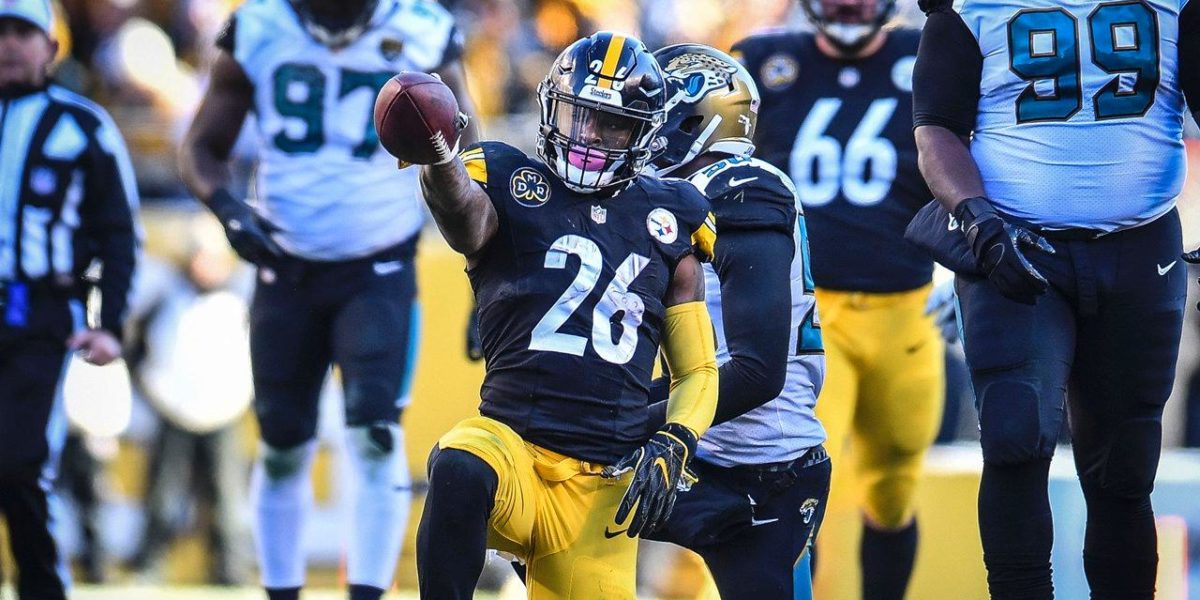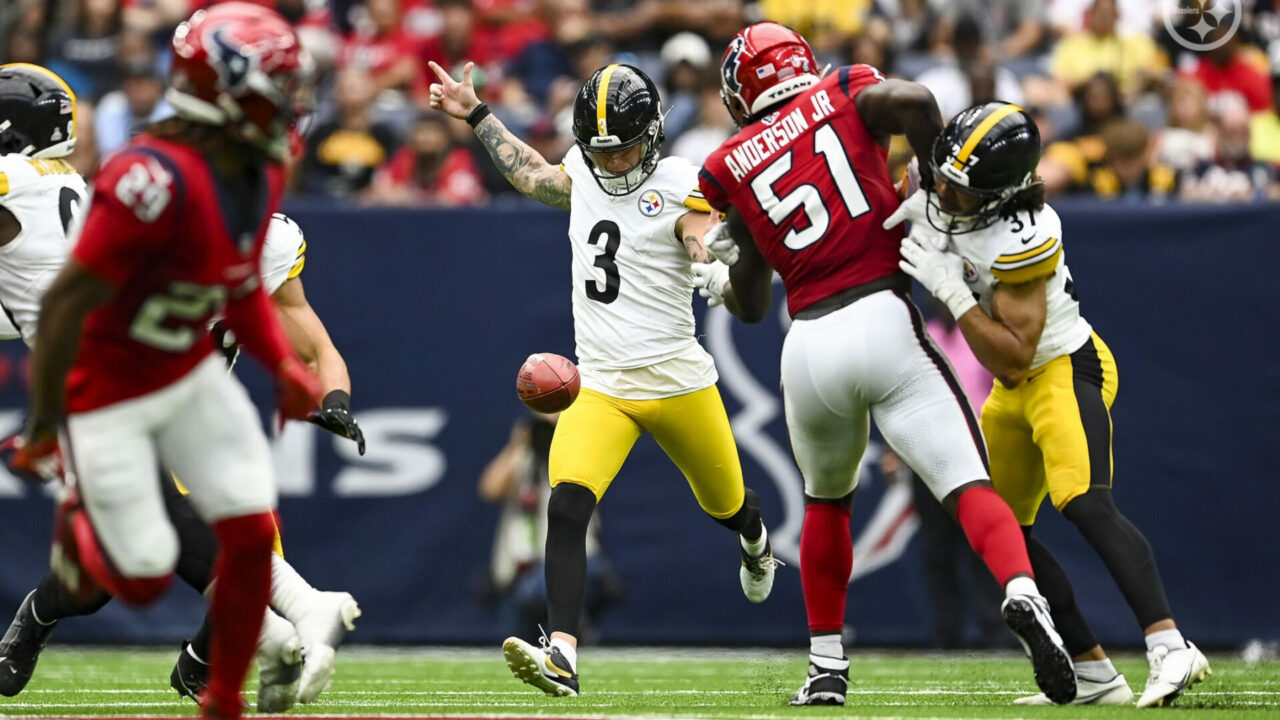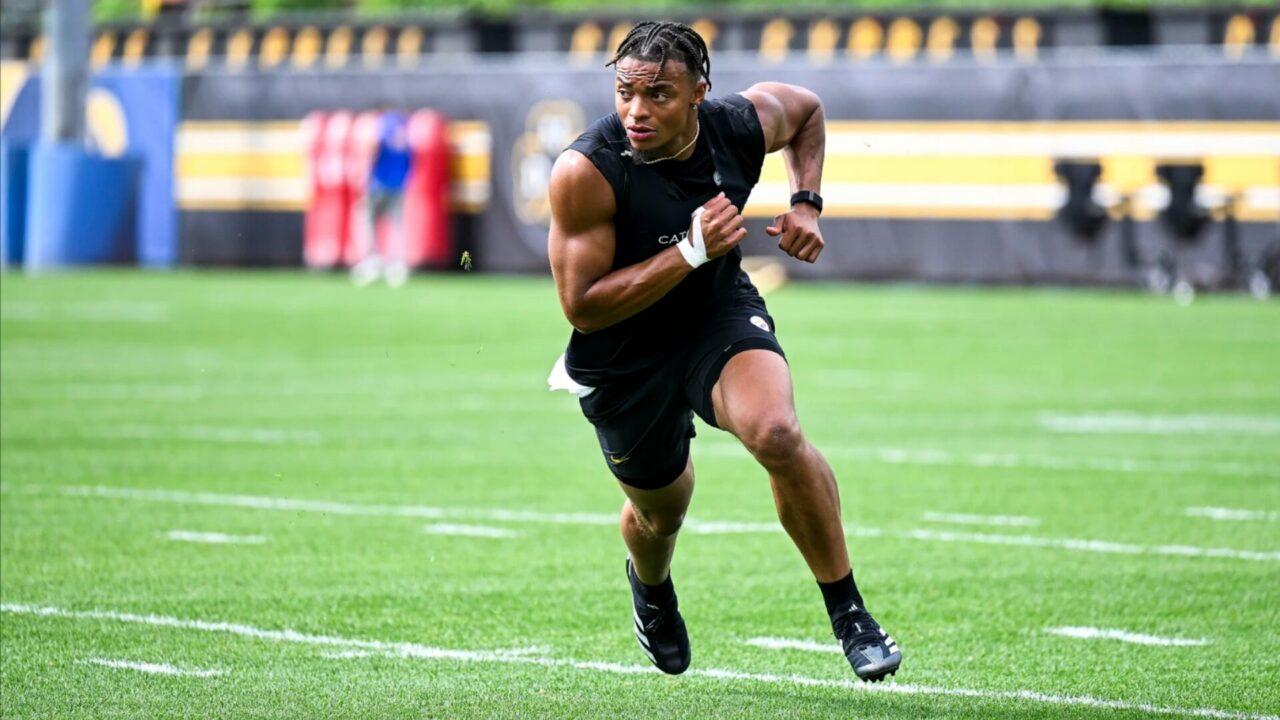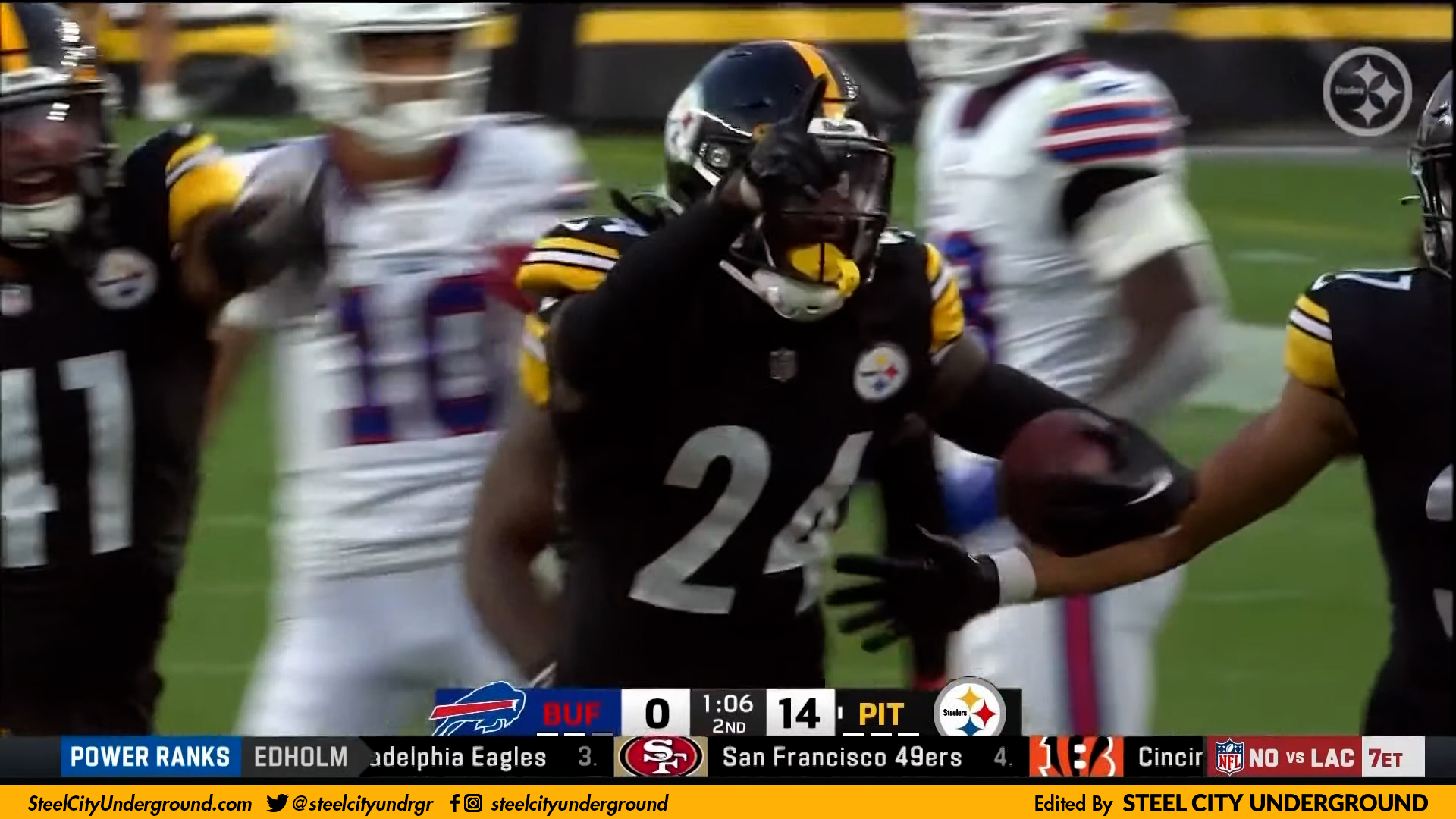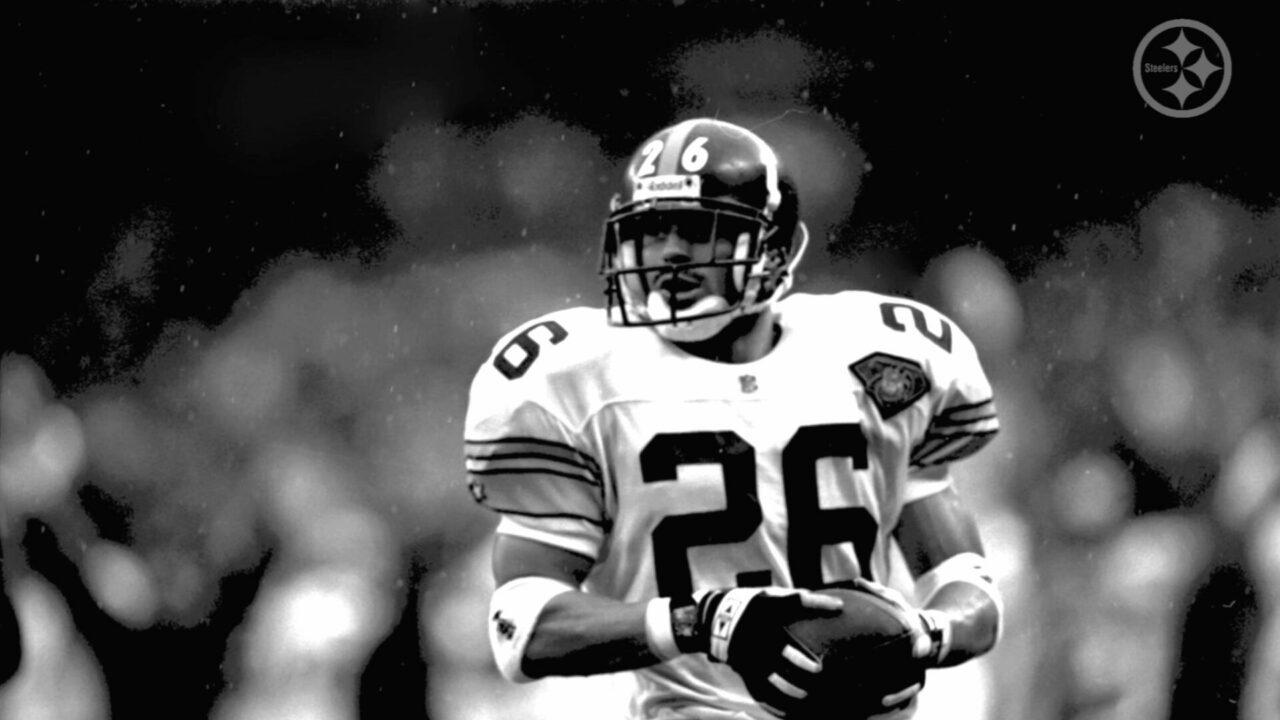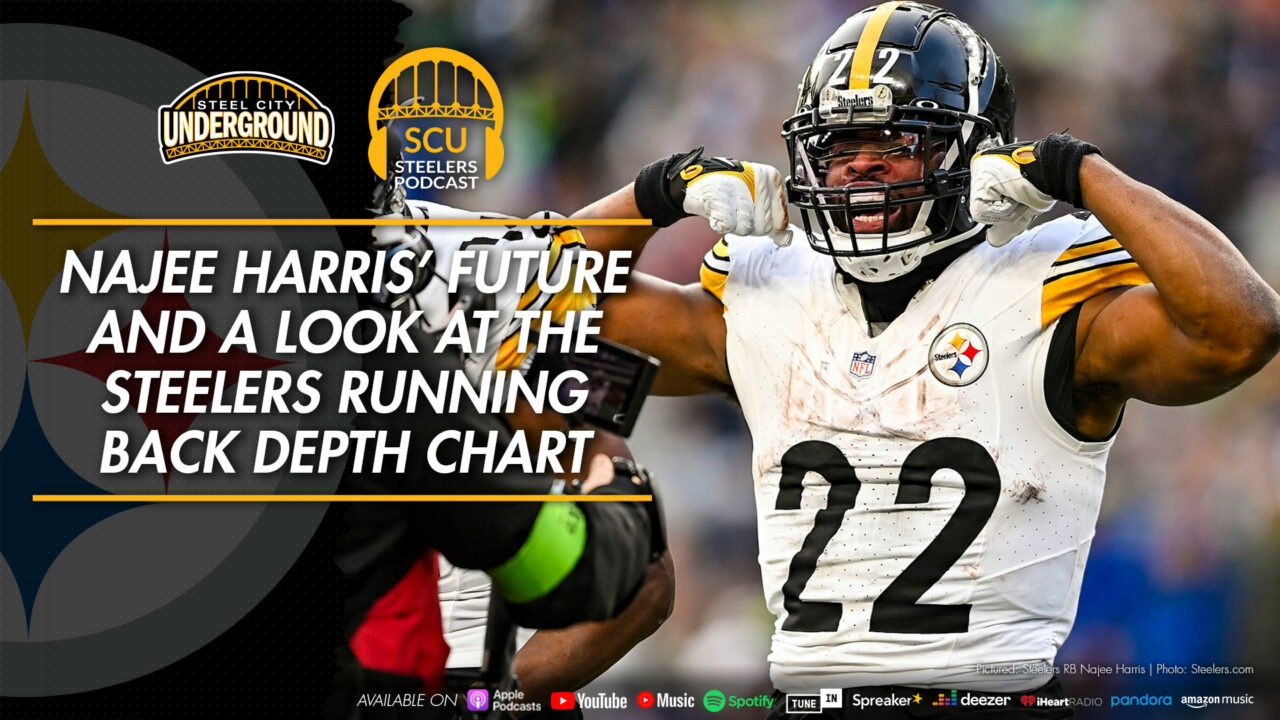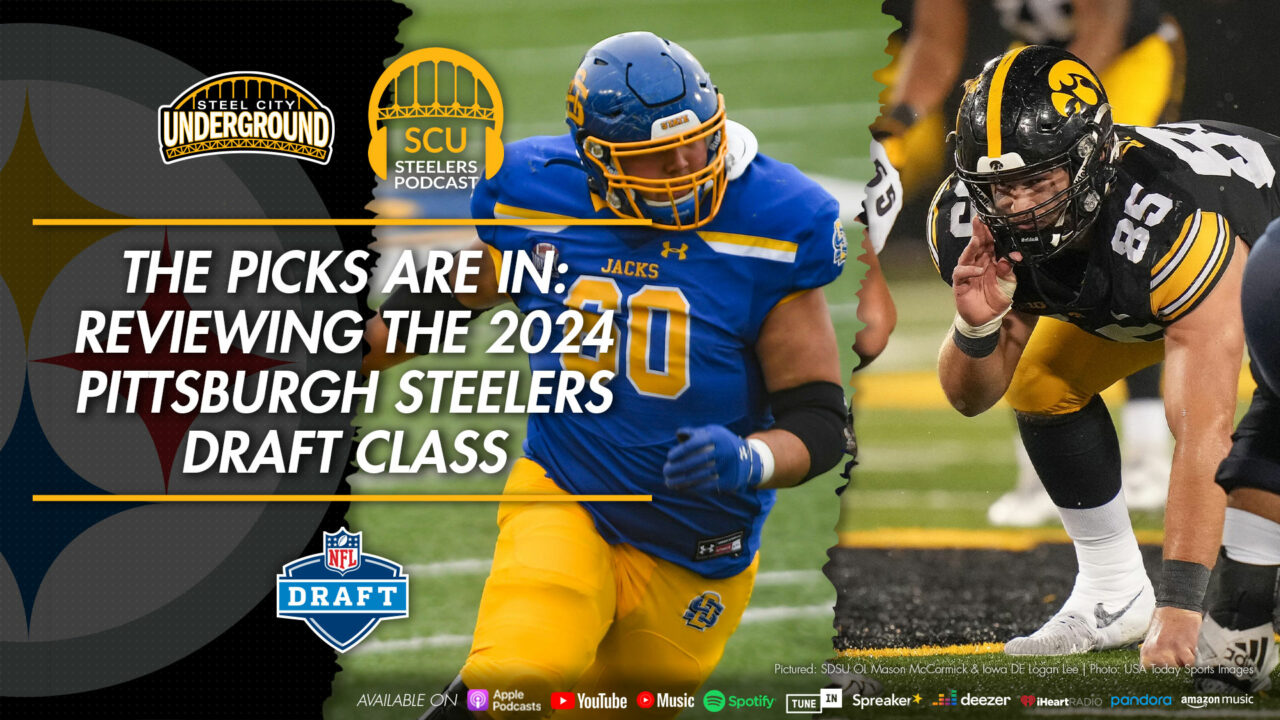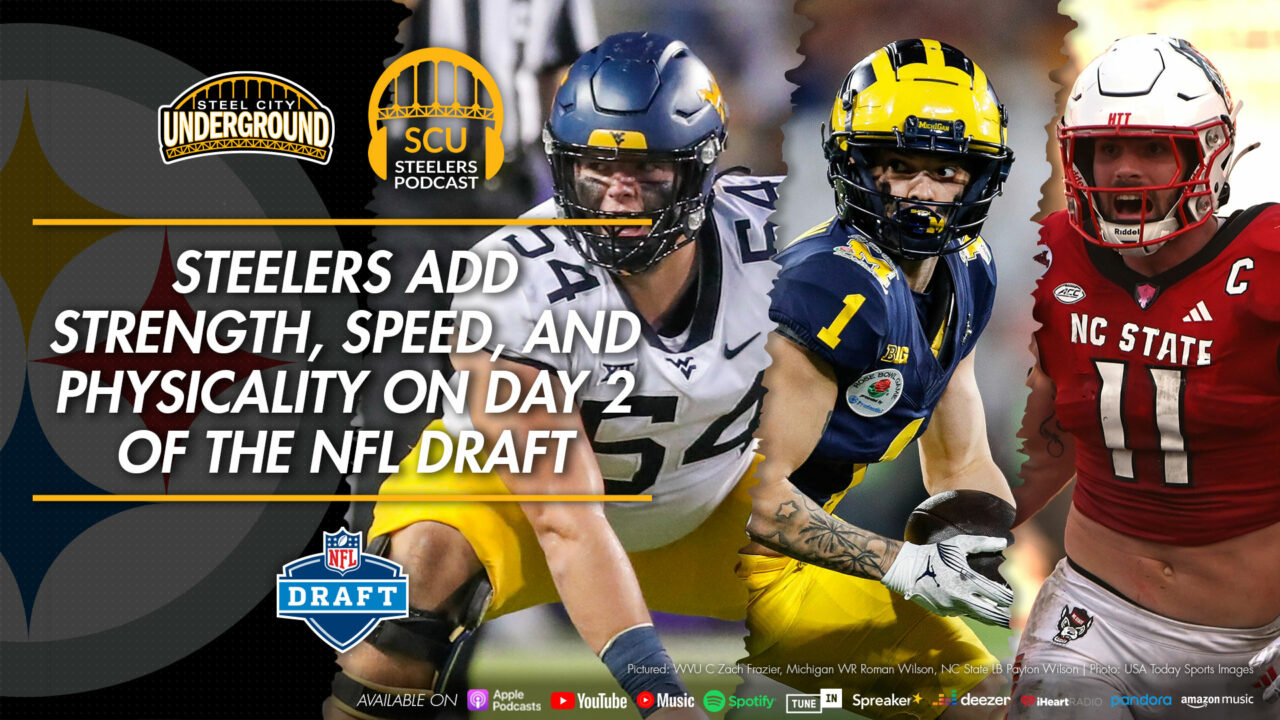Why it’s difficult to invest so much money in a single running back
The NFL has long been a copycat league. Teams have patterned one another in hope’s of one-upping the competition practically since the dawn of the game.
Some examples include those franchises who have tried to mold themselves after the Steelers practice of building through the draft. Others have flirted with Steelers-first concepts like Dick LeBeau’s zone blitz. On the other side of the ball we’ve seen fads like the run and shoot or read-option offenses come and go as well.
The latest trend across the league is to avoid sinking money in the running back position. That’s the current insinuation being made by Le’Veon Bell and his agent, who declined agreeing to a rumored deal of $70 million dollars to instead bet on bet on himself as a free agent next offseason. (And yes, people are also wagering on what Bell will do. Anyone who needs more information about this matter, can visit betting.com.)
Mentioned yesterday the #Steelers final offer to RB Le’Veon Bell was 5 years, $70M. More context today: The fully guaranteed part was his signing bonus of just over $10M. He would’ve made $33M over the 1st two years — in a rolling guaranteed structure. $45M over the 1st 3 years.
— Ian Rapoport (@RapSheet) July 17, 2018
Via Le'Veon Bell's agent Adisa Bakari: "His intention was to retire as a Steeler. But now that there's no deal, the practical reality is, this now likely will be Le'Veon's last season as a Steeler."
More: "It became clear the Steelers wanted to pay the position, not the player."
— Adam Schefter (@AdamSchefter) July 16, 2018
However, “not paying running backs” isn’t a concept new to Bell and his contract talks with the Steelers. In fact, this all began around the time that Bell entered the league.
The second back taken in the 2013 NFL Draft, Bell was the 48th player taken that year. This was following the 2012 iteration of the draft where Trent Richardson (3rd overall), Doug Martin and David Wilson (31 and 32 respectively) essentially didn’t pan out. Isaiah Pead and LaMichael James were the next to go in the second round that season, which culminated in an underwhelming crop of rookie prospects who failed to live up to expectations (for one reason or another).
Following the 2013 draft, where Bell was the second back taken overall, falling into round two, teams were still sour on the position. The 2014 draft didn’t see a single rusher taken on day one. Bishop Sankey, who is still in the league but hasn’t touched a football since 2015, was the top running back pick at 54th overall. Jeremy Hill and Carlos Hyde followed within the next few picks, with none of the players in this trio currently on the roster of the team that drafted them.
The trend reversed a bit with Todd Gurley and Melvin Gordon going in the first round of the 2015 draft, but teams observed that they could’ve taken backs later on and still hit on the position. Players such as Tevin Coleman, Duke Johnson, and David Johnson (Arizona) were third-round selections who contributed quite a bit to their teams. Ditto a year later for Derrick Henry and Kenyan Drake, who were day two picks in 2016. The same could be said for the plethora of backs who broke through in 2017, who were all selected outside of the first round: Dalvin Cook, Joe Mixon, Alvin Kamara, Kareem Hunt, and D’Onta Foreman.
Sure, there’s always room for a stud back like Leonard Fournette or Ezekiel Elliott to be selected high in the draft, but it’s now more an exception to the rule. Consider that both Super Bowl participants from this past season, the Philadelphia Eagles and New England Patriots, deployed a running back by committee approach: that is, they didn’t have a single “bell cow” ball carrier in their backfield. The Patriots featured a backfield with Dion Lewis, Mike Gillislee, Rex Burkhead, and James White while the Eagles were similarly stacked with a depth chart of LeGarrette Blount, Jay Ajayi, Darren Sproles, and Corey Clement.
The participants the year before, the Patriots and Atlanta Falcons, operated nearly the same. This time the Patriots had Blount on their roster, but continued utilizing other backs in a scheme that drove fantasy football managers insane as you never knew who would get the ball each week.
Ironically (as it pertains to Bell) it’s the Falcons who then had who is now the second-highest paid back in the league Devonta Freeman. Freeman was and still is paired with Tevin Coleman, a third-round pick in 2015.
Freeman makes a base salary of $8.2 million but only has a $2 million base and $5 million cap hit in 2018. Atlanta will spend a total of a little over $8m in 2018 on their running backs. They spent $5.8m in 2017 and $1.7m (yes, one-point-seven, not seventeen) in 2016!
This season the Patriots will swap Dion Lewis with Jeremy Hill in their backfield. The Falcons will remain the same as will their division rival, the New Orleans Saints, will feature Mark Ingram and Alvin Kamara. The Kansas City Chiefs continue their recent trend of rotating backs with a lineup featuring Kareem Hunt, Charcandrick West, Spencer Ware, and Kerwynn Williams.
The spending for those teams breaks down as follows. The Patriots will spend $9.4 million, the Falcons $8.0m, the New Orleans Saints $9.5m and the Kansas City Chiefs $8.0m total at the running back position in 2018.
That makes sinking a ton of money into a single player, paid by position or not, a tough prospect. When you see other teams being successful with far less cash invested over an entire group of running backs, why not join the crowd?
The figures for those four teams above are a far cry from the $14m or more the Steelers offered Bell. With the running back betting on himself for a larger contract, that makes Bell’s would-be dollar figure an even more bitter pill to swallow. Especially so when you consider the draft day bargains Kamara and Hunt are, with both producing at a high level.
For a franchise that traditionally builds through the draft, there’s no reason to believe they won’t continue to do so. While I understand that Le’Veon Bell is a special talent and should potentially be treated unlike any other running back, the pattern of going cheap on the position and still being successful is alluring.
In addition, Bell’s injury and suspension history, plus the analytics involved with running backs who have had a similar workload over his career, makes a long-term deal even more risky. Who’s to say the wheels don’t fall off sooner than later? Agreeing to a mega deal which might see Bell’s decline before the contract is fulfilled may lead the Steelers down a path of a cash-strapped salary cap much like they were following the decline of expensive players such as LaMarr Woodley and Cortez Allen.
When there are less expensive avenues that won’t handicap your team from retaining other free agents, they should be pursued. Therefore, it’s not too difficult to see why the Steelers couldn’t come to a final agreement with Le’Veon. They’ve been burned in the past by bad contracts and also understand the short lifespan of an NFL running back. Add to it the astronomical numbers tied to retaining Bell as opposed to doing as other teams have in recent years, and it makes too much sense to not tie up so much money in a player, who is still primarily a running back.
